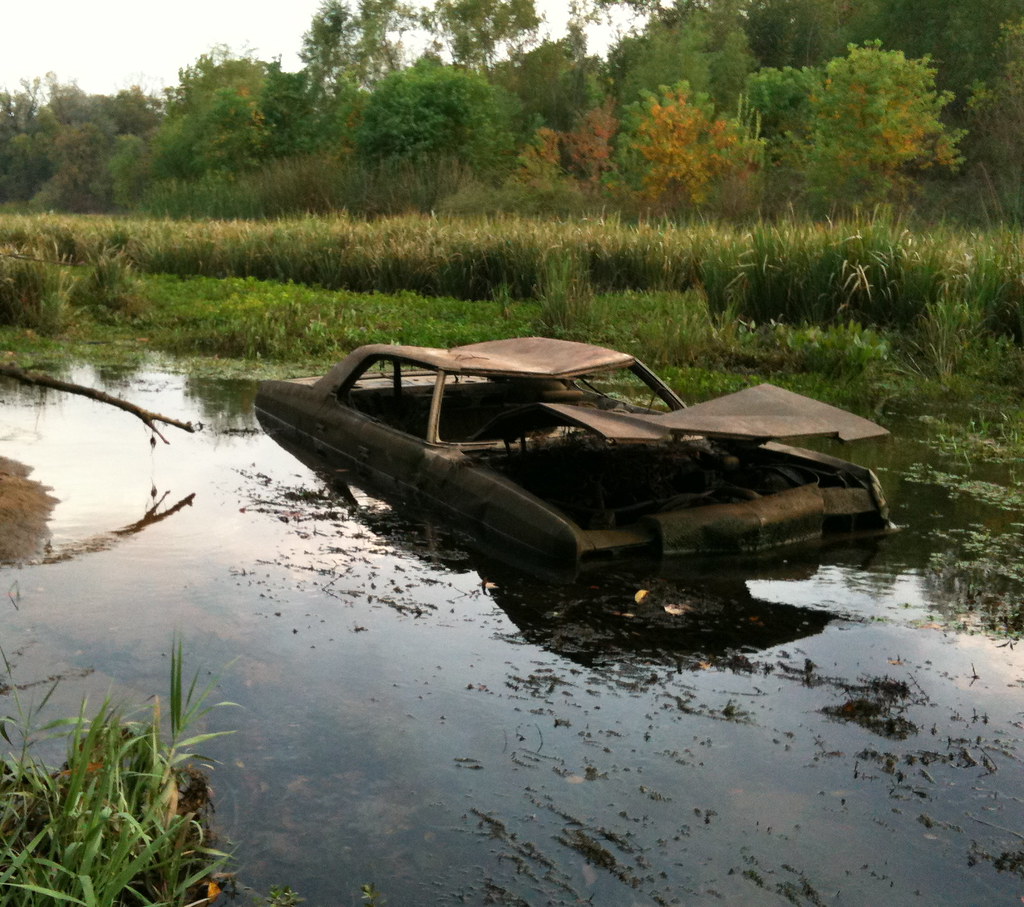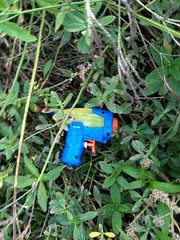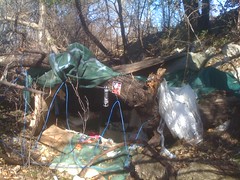
For some reason, whenever I walk in the woods, I find stuff like this. Which I am guessing is probably a 1967 Chevy Impala. Discovered as I emerged from tall marsh grass, flushing out a big heron who was rather annoyed I had interrupted his perch.
It was found in the floodplain of the Lower Colorado River, about halfway between downtown Austin and the airport. When the water is low, acres of land that don't exist on any map appear, filled with unexpected psychogeographical Easter eggs like this. All the flotsam of a city like Austin that gets carried out of yards and construction sites and streets and empty lots during big rains and the occasional flood, deposited downriver in the deep woods and marshes over the banks, back off the trail near the secret transient camps.

I have written here before about the sublime wonders of exploring the pockets of wild nature secreted within the interstices of the city. My latest walks and canoe trips through the strange territory of far East Austin have revealed more of the weird wonder that comes from penetrating these unexpected habitats of urban ospreys and coyotes, only to discover freshly decontextualized relics of civilization: abandoned Impalas, overgrown civil engineering bunkers, ruined bridges, empty pipelines, grounded buoys, technicolor Flash Gordon guns stowed in the tall grass in case of egret attack. This ancient river, running through a booming metropolis that still harbors its zones of urban negative space, relics of the phantom overlays of other, more mysterious land uses: military space (the former SAC base that was turned into the airport just 10 years ago), civil engineering space (the River Authority's concrete and steel nature controls), segregation space (the lasting impact of zoning-based race controls), migrant space (Austin's favelas-in-progress), industrial space. The perfect venue to really experience the Uncanny, as a perceptive architect friend suggested. An opportunity for a special type of dérive, one that requires snake boots.
What's more wondrous on a Sunday afternoon in autumn, the colors illuminated from within by the crisp filter of an incipient cold front: to discover a rare colony of road-building harvester ants in the right of way behind a dairy plant, or to discover an abandoned 1960s pickup embedded in the ground and aimed at the moon?
Last year I had a dream about a garden of Rebar. Who knew a year later I would be moving there?






